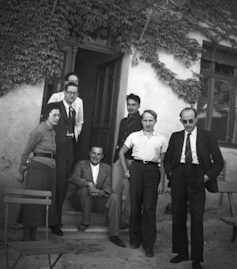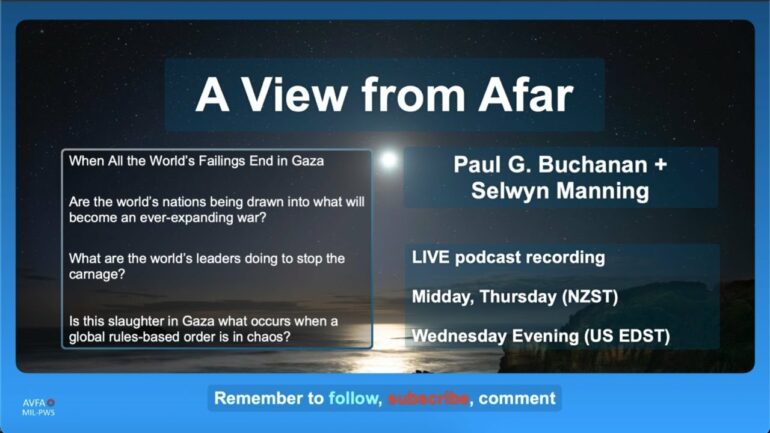Like most mathematicians, I hear confessions from complete strangers: the inevitable “I was always bad at math.” I suppress the response, “You are forgiven, my child.”
Why does it feel like a sin to struggle in math? Why are so many traumatized by their mathematics education? Is learning math worthwhile?
Sometimes agreeing and sometimes disagreeing, André and Simone Weil were the sort of siblings who would argue about such questions. André achieved renown as a mathematician; Simone was a formidable philosopher and mystic. André focused on applying algebra and geometry to deep questions about the structures of whole numbers, while Simone was concerned with how the world can be soul-crushing.
Both wrestled with the best way to teach math. Their insights and contradictions point to the fundamental role that mathematics and mathematics education play in human life and culture.
André Weil’s rigorous mathematics

André Weil, pictured here in 1956, was a prominent mathematician in the 20th century.
Konrad Jacobs via Wikimedia Commons, CC BY-SA
Unlike the prominent French mathematicians of previous generations, André, who was born in 1906 and died in 1998, spent little time philosophizing. For him, mathematics was a living subject endowed with a long and substantial history, but as he remarked, he saw “no need to defend (it).”
In his interactions with people, André was an unsparing critic. Although admired by some colleagues, he was feared by and at times disdainful of his students. He co-founded the Bourbaki mathematics collective that used abstraction and logical rigor to restructure mathematics from the ground up.
Nicolas Bourbaki’s commitment to proceeding from first principles, however, did not completely encapsulate his conception of what constituted worthwhile mathematics. André was attuned to how math should be taught differently to different audiences.
Tempering the Bourbaki spirit, he defined rigor as “(not) proving everything, but … endeavoring to assume as little as possible at every stage.”

The Bourbaki congress in 1938. Simone, pictured at front left, accompanies André, obscured at back left.
Unknown author via Wikimedia Commons
In other words, absolute rigor has its place, but teachers must be willing to take their audience into account. He believed that teachers must motivate students by providing them meaningful problems and provocative examples. Excitement for advanced students comes in encountering the unknown; for beginning students, it emerges from solving questions of, as he put it, “theoretical or practical importance.” He insisted that math “must be a source of intellectual excitement.”
André’s own sense of intellectual excitement came from applying insights from one part of mathematics to other parts. In a letter to his sister, André described his work as seeking a metaphorical “



